The 90s didn’t just give us a wealth of boy bands and transparent soft drinks. The decade also produced a handful of new pistol calibers, including 40 S&W and 357 Sig. These two relative newcomers share a lot of characteristics but which way should you lean if you’re considering 40 S&W vs. 357 Sig?
Why the 90’s Handgun Cartridge Boom?
Back in the 90s demand was high for a new handgun cartridge. Law enforcement yearned for something that could neutralize a threat more effectively than 9mm. A lot of this demand was due to the aftermath of the notorious 1986 Miami FBI shootout.
Long story short, that gunfight pitted eight FBI agents armed with 38 Special revolvers and 9mm pistols against two bank robbers. The robbers had a 12 Gauge, a 223 Rem semi-automatic rifle, and a pair of 357 Magnums. The FBI agents hit both of the crooks multiple times but it wasn’t enough to neutralize the threat. The shootout continued until five good men were injured and two more lost their lives.
The FBI didn’t want a repeat of that occurrence. So, they sought out a beefier cartridge that boasted better stopping power. The FBI initially turned to 10mm ammo, but they soon appreciated that the beast’s massive recoil made it unwieldy in the field. They posed a request to Smith & Wesson: Make us a cartridge with stopping power like a 10mm’s, but without its monstrous kick.
The 40 S&W Is Born
Smith & Wesson got right to work. In essence they shortened a 10mm casing. This reduced its airspace while simultaneously sizing it to chamber in a retrofitted 9mm handgun. They then loaded it with a 180 grain jacketed hollow point. The result passed the FBI’s test protocol with colors, and Smith & Wesson introduced the 40 S&W cartridge to the market in 1990. (To Smith & Wesson’s chagrin, Glock managed to get their G22 and G23 chambered for the new caliber on store shelves before they themselves could release their own Model 4006, but Glock embracing the 40 S&W is a large reason why it would eventually become somewhat popular.)
Was the 40 S&W a massive success? Not entirely massive, no, but a success nonetheless. The cartridge found its place among many law enforcement agencies across the country. With that, private gun owners discovered it as well.
357 Sig’s Creation

During that same time period, SIG Sauer and Federal Premium saw what Smith & Wesson was up to, and weren’t content to stand by. So, they teamed up to create their own powerful new semi-automatic cartridge. Its casing was also a necked down 10mm. With its 125 grain bullet, it was designed to deliver the same performance as a 357 Magnum load when fired from a 4” revolver barrel. That the 357 SIG has the same digits in its name as the round it took inspiration from is no coincidence. (Its bullet is, in fact, .355” in diameter.) The 357 SIG looks especially distinctive for a pistol cartridge owing to its bottlenecked casing. This bottleneck lets it seat a relatively smaller bullet and feed more reliably in a semi-automatic.
So now we have these two pistol cartridges, introduced only four years apart from one another, and developed to serve the same purpose. Both the 40 S&W and the 357 SIG have got their fans, but any reputable online ammunition retailer could tell you that neither cartridge has supplanted the 9mm. It’s still the most popular handgun cartridge, not only because it has been around longer than any living person, but because technological advancements over the past two decades have made the relatively smaller round increasingly effective at dropping a baddie. This doesn’t make the 40 S&W or the 357 SIG bad, of course. They’re still great at what they do. But all of this begs the five dollar question: Which is better?
357 Sig vs. 40 S&W

Let’s start by considering how well each cartridge’s bullet does at what it’s meant to do, which is neutralize a target. The FBI’s test protocol set the ideal penetration depth at 12 to 18 inches. Too shallow, and you risk not hitting a vital organ; too deep, and you risk overpenetration that could jeopardize bystanders. A jacketed hollow point expands not only to create a wider wound channel, but also to transfer its energy outward. This simultaneously lessens its likelihood of overpenetratin the target.
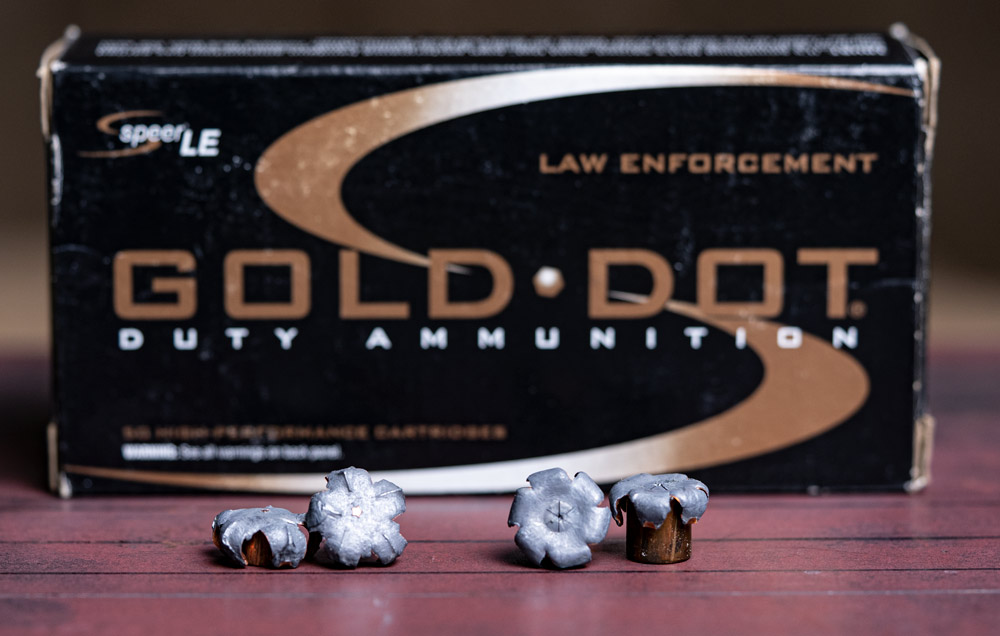
Speer Gold Dot bullets pulled from ballistic gelatin. That’s 357 Sig on the left and their Short Barrel load for 40 S&W on the right.
To this end, the 40 S&W and the 357 SIG both perform as they ought to, their bullets reliably expanding while infrequently passing through their targets. The 40 S&W has got the 357 SIG slightly beat out in terms of average bullet expansion, and the 357 SIG furthermore has a greater tendency to overpenetrate. A 357 SIG’s tendency to penetrate farther, however, may become an advantage when a target is shielded by a barrier like a car door or windshield.
Muzzle Velocity Comparison
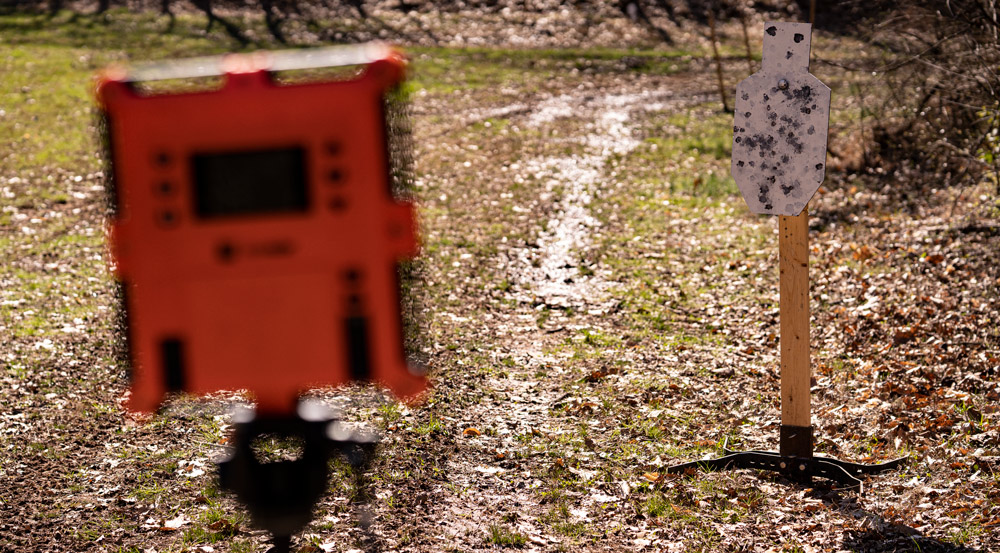
One major difference between the two calibers is their muzzle velocities. Generally, the 40 S&W’s 180 grain bullet exits the barrel at a velocity of 1,000 fps, while its lighter 165 grain bullet achieves a 1,100 fps muzzle velocity. Here the 357 SIG has an advantage. Its standard 125 grain bullet has a muzzle velocity of approximately 1,400 fps. The 357 SIG’s faster muzzle velocity flattens its bullet’s trajectory, making it more accurate over greater distances. You generally don’t engage a faraway target with a pistol. But nobody would claim less accuracy is better during a life or death situation.
Low Light Considerations
Both the 40 S&W and the 357 SIG will give their shooter a healthy dose of recoil, but the 357 SIG generates far brighter muzzle flash. Many shooters mention the 357 Sig muzzle flash is especially bright for a pistol load.
Bright muzzle flash can be disastrous, as it will cause a shooter’s vision to deacclimate to low light. As the result, the first shot you fire out of a 357 SIG pistol may be the last you’re able to line up accurately in the dark. Very bright muzzle flash may also reveal the shooter’s location. Typically, this is not a significant issue in self-defense scenarios where you would use a pistol. There are some who defend a bright muzzle flash. Some police officers say that its effect is so jarring that it alone might be sufficient stop a perp dead in their tracks. It creates a deer in the headlights reaction, if you will.
Cost to Shoot 357 Sig vs. 40 S&W
Cost is an enormous difference between the 40 S&W and the 357 SIG: the former is significantly less expensive than the latter. Were you to buy this box of FMJs for 357 SIG, you would pay about a third more than you would for this analogous box of 40 S&W. Naturally you want to practice a lot with your everyday carry, and the price of training ammo quickly adds up. Also, a 357 SIG’s powerful muzzle velocity comes at the price of accelerated wear and tear to a pistol. You’ll have to replace its parts more often, and gun parts don’t grow on gun part trees. But here is something interesting. Because the 40 S&W and the 357 SIG share the same parent casing, it’s perfectly possible to convert a pistol chambered for one into a pistol chambered for the other. That means you could train with more economical 40 S&W, only to swap out your barrel so that you may carry 357 SIG. Whether that’s worth the effort is a matter of opinion.
Wrapping It Up
Regardless of one cartridge’s measurable superiority over the other, that the 40 S&W is far more common may be the greatest argument in its favor. The four year head start it enjoyed on the market led many more law enforcement agencies to adopt it, and thus more 40 S&W pistols, pistol parts, and ammunition are readily available.
You could argue that the 357 SIG would have been ice skating uphill even if it hadn’t competed with the 40 S&W, as several century-old pistol cartridges were already widely favored by 1994, and they’ve since only gotten more lethal. But if you had to choose between the 40 S&W and the 357 SIG, you’d probably do better to pick the 40 S&W. Its greater affordability alone will let you train more. With better skills any slight performance variations between the two are liable to become moot quickly. So, shoot what you like. Shoot what you can afford. But most of all, shoot what you’ll actually train with.

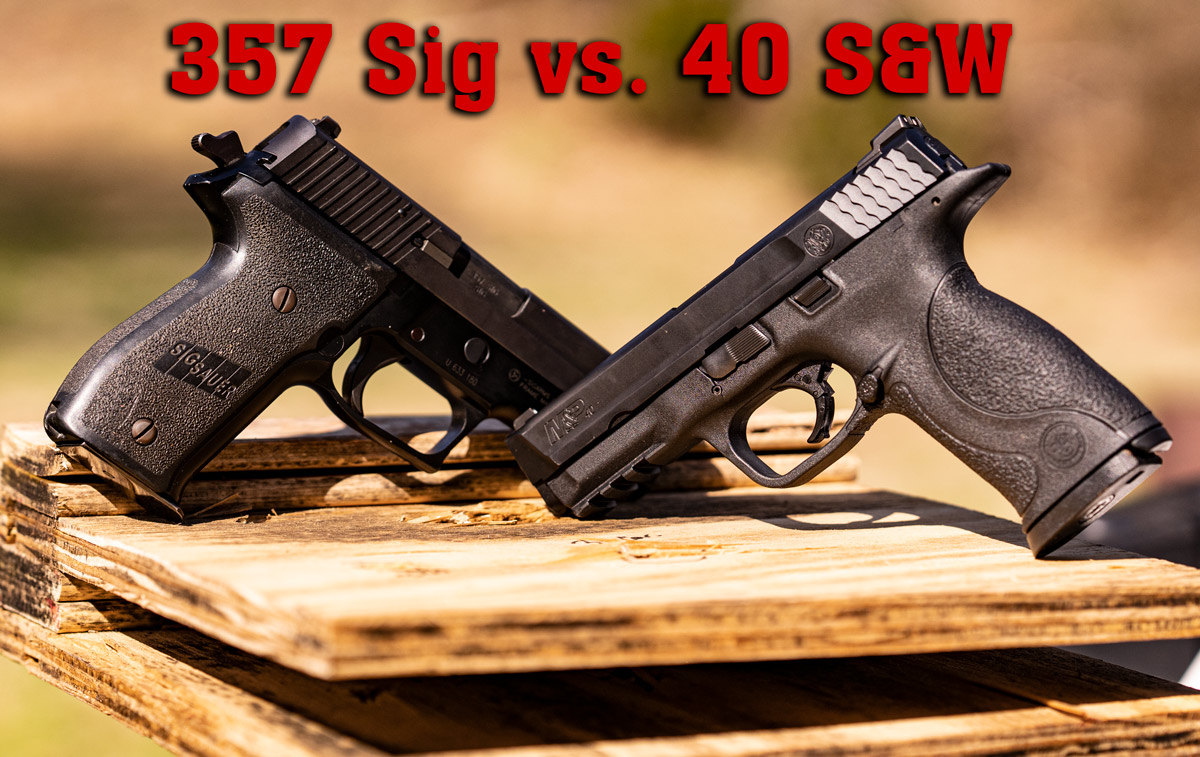
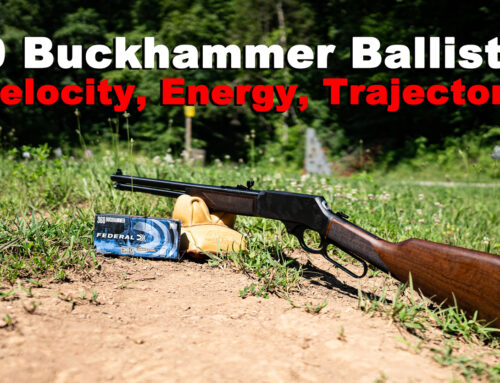
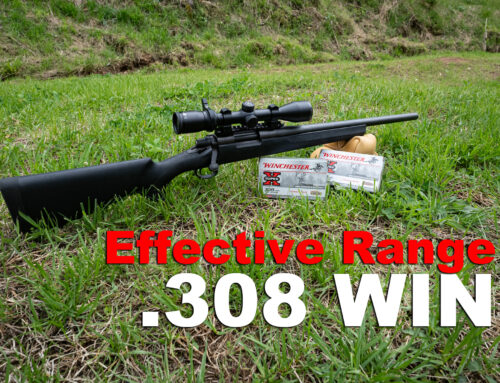
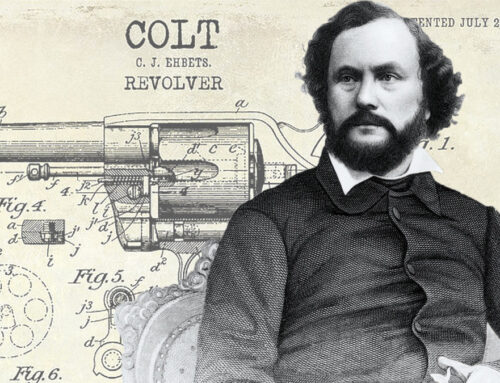
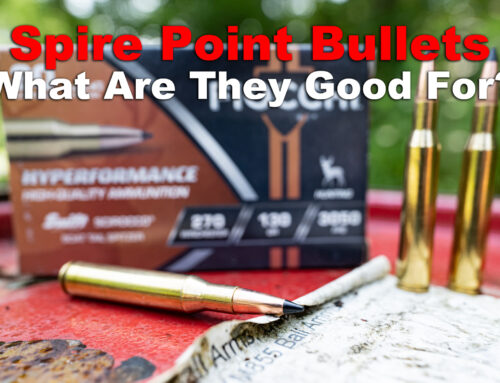
I have both. Enjoy both as well. SIG357 (Glock 33) 125JHP does have a significantly brighter muzzle flash and rarer. 40 S&W (Sig SP2022) 180JHP is less expensive and easier to find. I also have the S&W Shield in 9mm Federal factory hot loads. Like the 33 Glock, plenty of muzzle flash and kick. The Sig is my EDC. The Glock lives in my car and the S&W resides in my pickup.
I also shoot both .357 sig and .40 S&W from a Sig model SP2022 which easily switches out barrels. However when it comes to carry time I choose to carry it with the .357 sig barrel along with two 12 round magazines with some good quality federal controlled expansion ammunition.
I will be making another purchase of new handgun soon, probably in .40 S&W. Any suggestions are greatly welcome.
I want to spend a bit more money this time, and get the best quality semi-auto I can find..
I have been mulling over buying a 357 Sig barrel for my Glock 24. The G24 is Glocks competition 40 S&W that can be easily converted to a 357 Sig, using the same mags. After much research, the thing that convinced me not to go that route was when I shot some Underwood 135 grain 40 S&W ammo out of my G24. It brought me right into 357 sig territory and velocity, without the muzzle flash, the hard to fing good quality expensive 357 Sig ammo and the barrel cost. Energy at the muzzle with a 10 grain heavier and larger boolit was a no brainer. I can buy and find much more 40 S&W for less. So I invested in some high quality 40 S&W ammo that easily rivals 357 Sig performancs, and I dont have to start buying expensive hard to find ammo. I really don’t think the difference advantage of the 357 Sig, if any, is worth all the costly advantages. I can woods carry my 6.02 inch G24 for black bear and big cat protection with 155 or 165 grain ammo. I have never been a fan of 180 grain or higher 40 S&W ammo, because of the recoil and drop inside 100 yards. Yes I shoot the 135 grain Underwood at 100 yard steel with much success with my red dot. I feel I saved a lot of cash and gained consistancy using one caliber